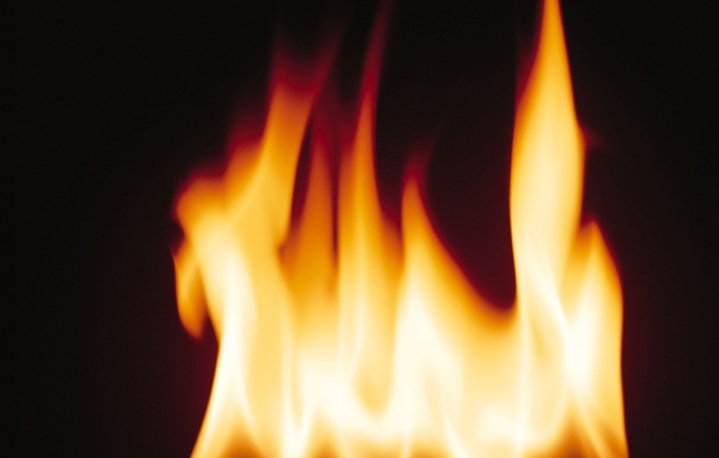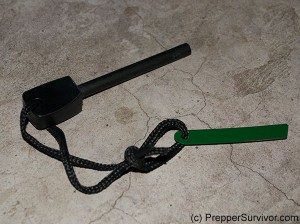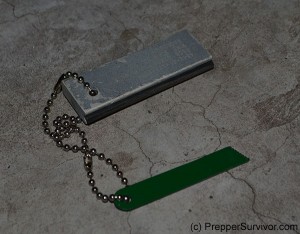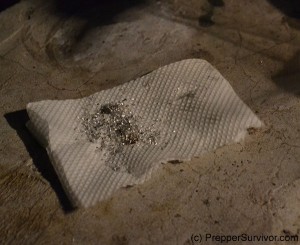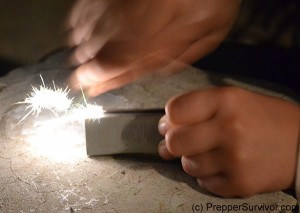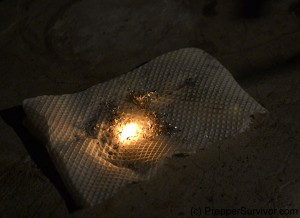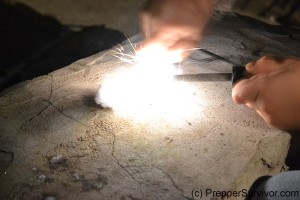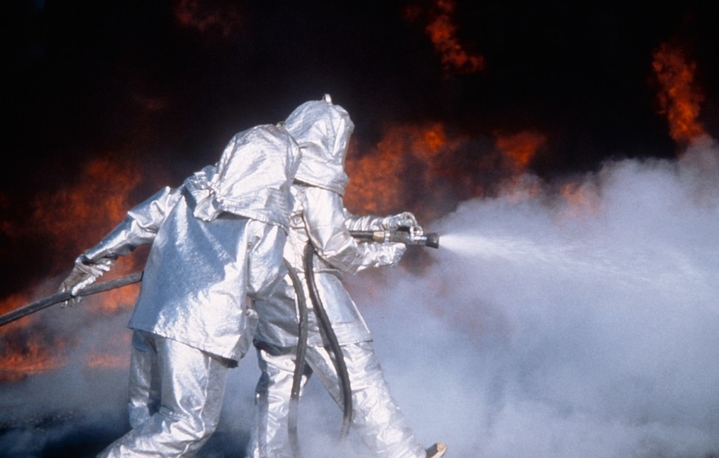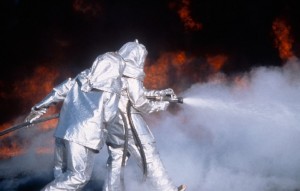How to survive a fire in the building?
There is nothing scarier than being in a building while a fire has broken out. Whether it is an apartment complex in a residential neighborhood or a commercial skyscraper in the middle of the city, a fire can easily cause someone to panic. But don’t worry because you will be able to survive most building fires if you simple know how to handle yourself. That is why the first thing to remember is not to panic. People who panic often think irrationally and may do something foolish to make the situation worse. The next step is to grab a flashlight. This will come in handy in case you need to find your way down a dark or smoky hallway. It can also be used to signal to people for help. If you are near an open window then you can easily use your flashlight for this purpose. But don’t wait by the window for too long because you have to assume the fire is spreading. That is why you should find the nearest fire extinguisher and try to tame the fire, especially if it is near you.
Buildings that are equipped with fire sprinkler systems will certainly help tame the fire enough for everyone to escape. It will also let you know there is a fire in the building. You will want to know this as quickly as possible so you can escape the building before the fire escalates. Therefore try to get to the lower level of your building as soon as you know there is a fire. Now depending on the current severity of the fire and the floor you are on, you may be able to just jump out of the window without injuring yourself. For example, if you are on the third floor of an apartment complex then you will likely sustain minor injuries from a jump to the ground. If the fire department is already there then they will set up a net that you can jump into safely. For those who are too high up to jump into a net, you will have no choice but to make your way to the lower levels of the building.
Even though you know not to panic, that doesn’t mean other people are going to stay calm. You can be sure that people are going to rush out of the building quickly during a fire. This could result in you getting pushed around or even trampled on if you are not careful. The best thing is to wait for other people to get out first. It is better to be last in line with a fire extinguisher than to be in the middle of the chaotic line without one. So just keep the fire extinguisher on hand and get to the end of the line.

